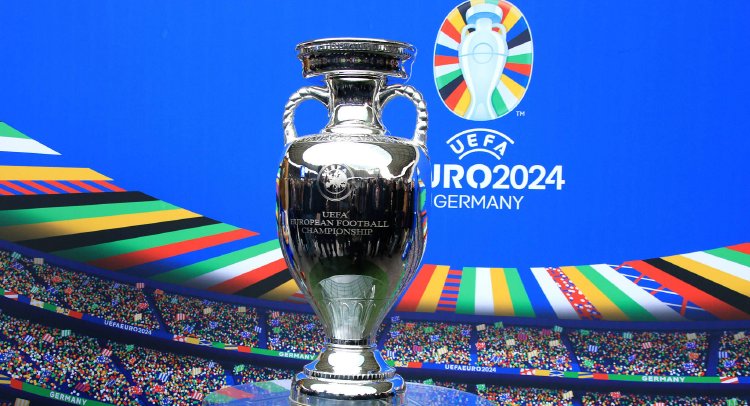In 2010, David Geffen was inducted into the Rock and Roll Hall of Fame, an award dedicated to honoring people who have made a huge impact on the industry.
From a walk-on, a doorman, to a Hollywood music and movie tycoon worth more than 10 billion US dollars, David Geffen (David Geffen) opened the road of his art collection while shaping American pop culture and realizing his own class leap. Pushing the price of American post-war art sections to the first echelon of the market is a generous patron of the cultural world. Today, Harper’s Bazaar Art takes you to understand the legendary life of this top collector.
As the number one figure in the American entertainment industry, David Geffen’s home is in the music and film industry. In the 1970 s, he successively founded “Asylum” (Records) and Geffen Records, and signed with Bob Dylan, John Lennon, Elton John, Nirvana, Eagles and many other top musicians. He also fell in love with singer Cher (Cher).

David Geffen and Cher (Cher)
In the 1980 s, Geffen began to set foot in the film industry. In 1994, he co-founded DreamWorks Studios (DreamWorks SKG) with director Steven Spielberg (Steven Spielberg) and partner Jeffrey Katzenberg (Jeffrey Katzenberg). Participated in the production of numerous classic blockbusters such as “Transformers”, “Shrek”, “Saving Private Ryan” and “American Beauty”, leading and witnessing major changes in Hollywood in the past 40 years.
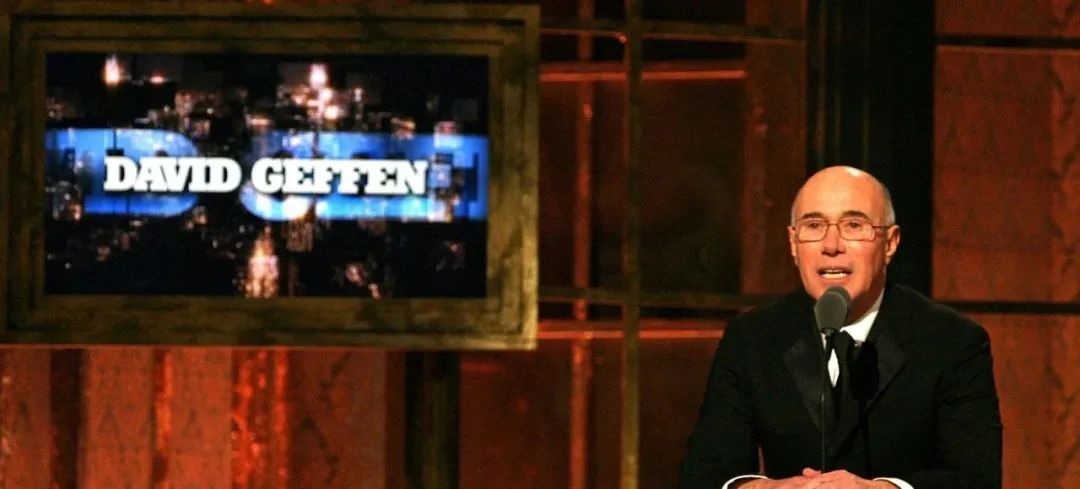
Figure 1: The movie “Shrek” poster
Figure 2: Poster of the movie Transformers
And in the art collection world, his status is also one of the best. The collection was reportedly valued at about $1.1 billion in 2013, making it the most valuable private art collection at the time. Paul Schimmel, chief curator of the Los Angeles Museum of Contemporary Art (MOCA), once commented: “No one’s American post-war art collection is more representative than David Geffen’s.” However, the road to his art collection did not begin with Pollock, but with Picasso……
**01
INVESTMENT> FAVORITE? * *
In 1970, at the age of 27, Geffen made his first pot of gold and became a millionaire. He renovated his home and bought a Rolls-Royce. “You should buy another painting,” advises Ahmet Ertegun, founder of his workplace Bole and Atlantic Records. “Art is always appreciating in value, and it will add charm and fun to the home and become the best thing in the home.”
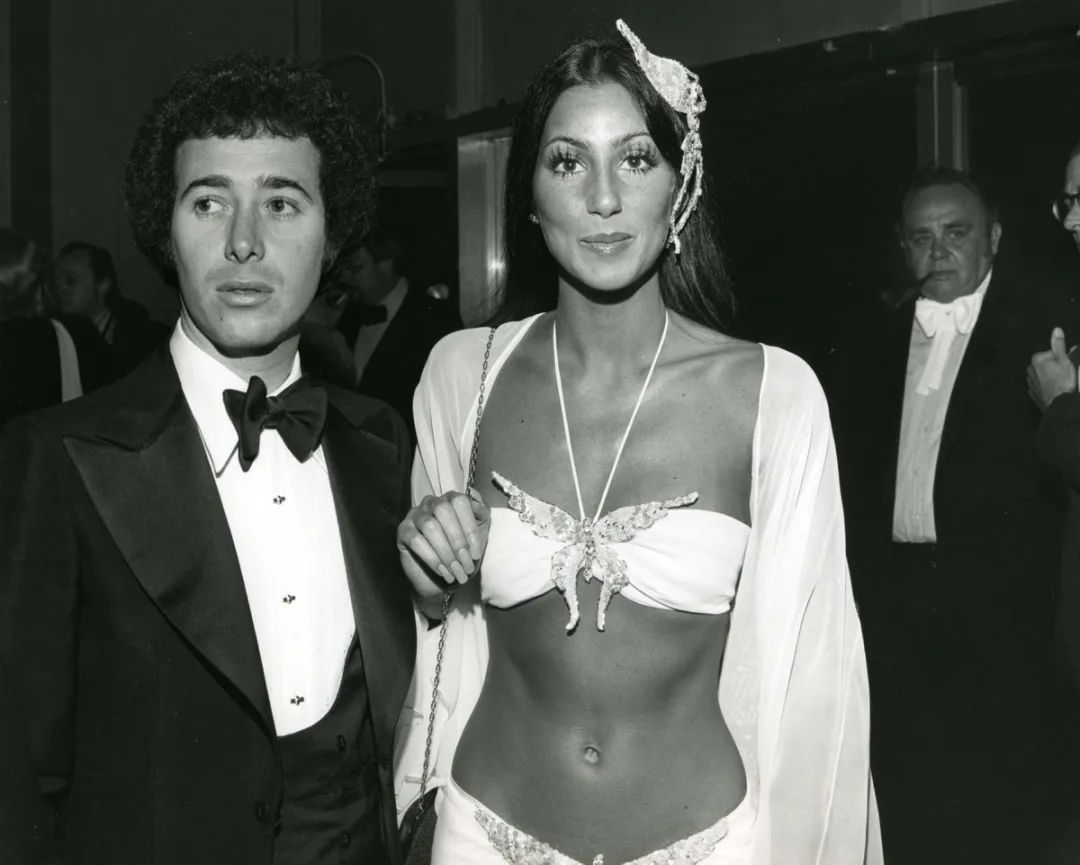
Ahmet Ertegun
Geffen had a heart. Under the introduction of Ertegun, he bought a bust portrait created by Picasso from a dealer for a discount of $36000. But hanging it at home, Geffen felt anxious while enthusiastically showing it to friends, because he was worried that the work would be stolen. As a result, the Ertegun advised it to purchase an insurance policy with a claim amount of $75000.
Dramatically, the piece was actually stolen shortly after. However, Geffen wasn’t in a hurry after the claim arrived-he felt he had earned it. As a result, when the work was found later, he did not want to pay back the money, but let the insurance company handle the painting on its own. Finally, the work was sent to auction by the insurance company for $130000.
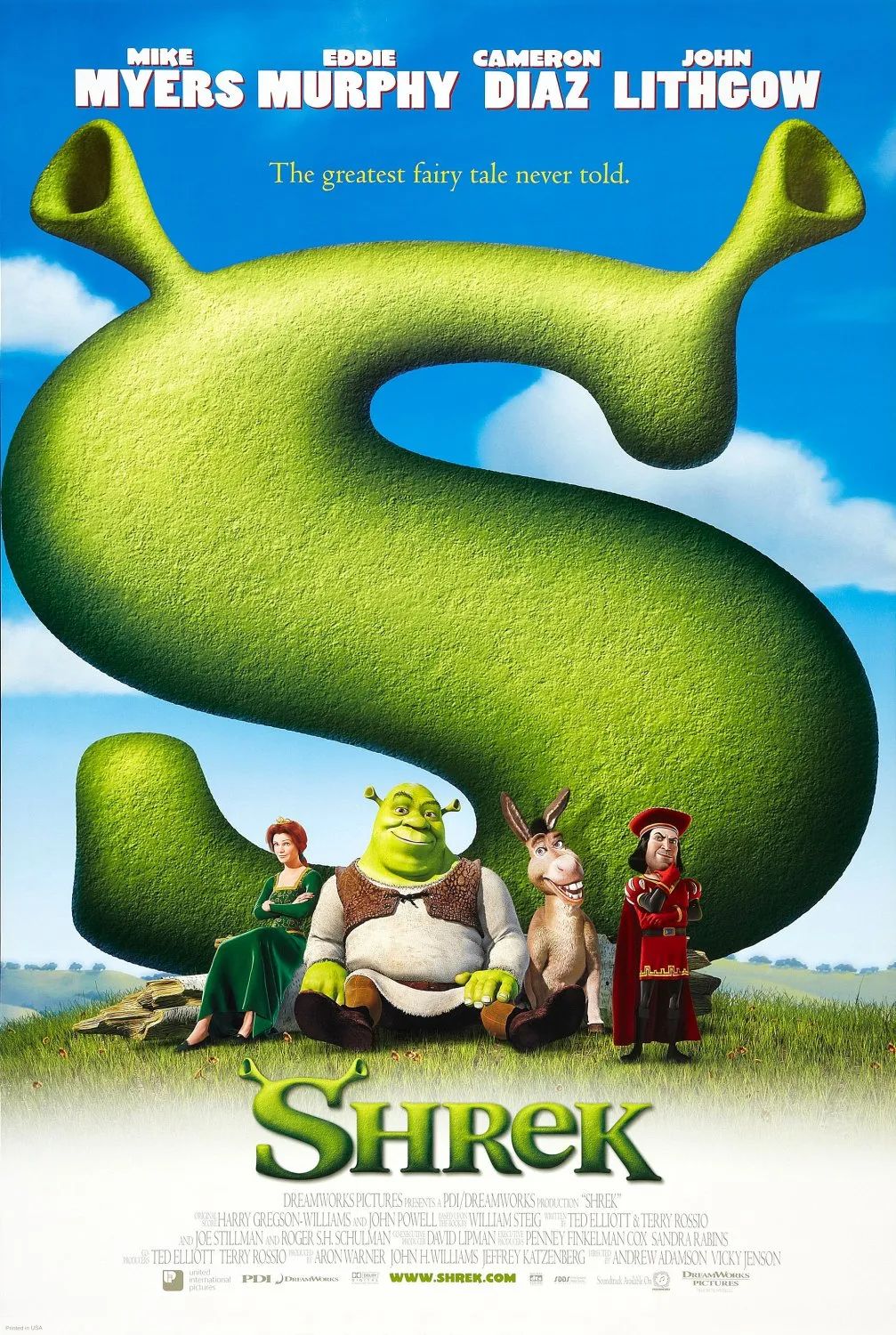
Picasso paintings with similar themes
This is a rare Waterloo in Geffen’s investment career and the starting point of his art collection. He estimated that the sentence “art is always appreciating” was unforgettable enough. It can also be seen that Geffen is more investment-oriented. Although it cannot be said that he has no interest or love for art, it is not so important to have a masterpiece in the face of interests.

Figure 1: David Hockney’s “Portrait of an Artist: Pool with Two Figures”, oil on canvas, 213.5 × 305cm,1972, 1983-1995 Geffen Collection.
Figure 2: In 2015, Geffen sold his collection, William de Kooning’s painting “Interchange” to entrepreneur Kenneth C. Griffin for $0.3 billion, making the painting the second most expensive work in the world, second only to Leonardo da Vinci’s “The Savior”.
This obsession with “money” stems from his childhood. Geffen comes from a working family and is a second-generation Jewish immigrant. When I was a child, the family lived on the dole, the father was idle, and the mother took on the burden of supporting the family. At the same time, because of his small body and plain appearance, he did not fit in at school. He dropped out of college for a semester and then changed 17 jobs. These experiences gave him a strong desire to get ahead.
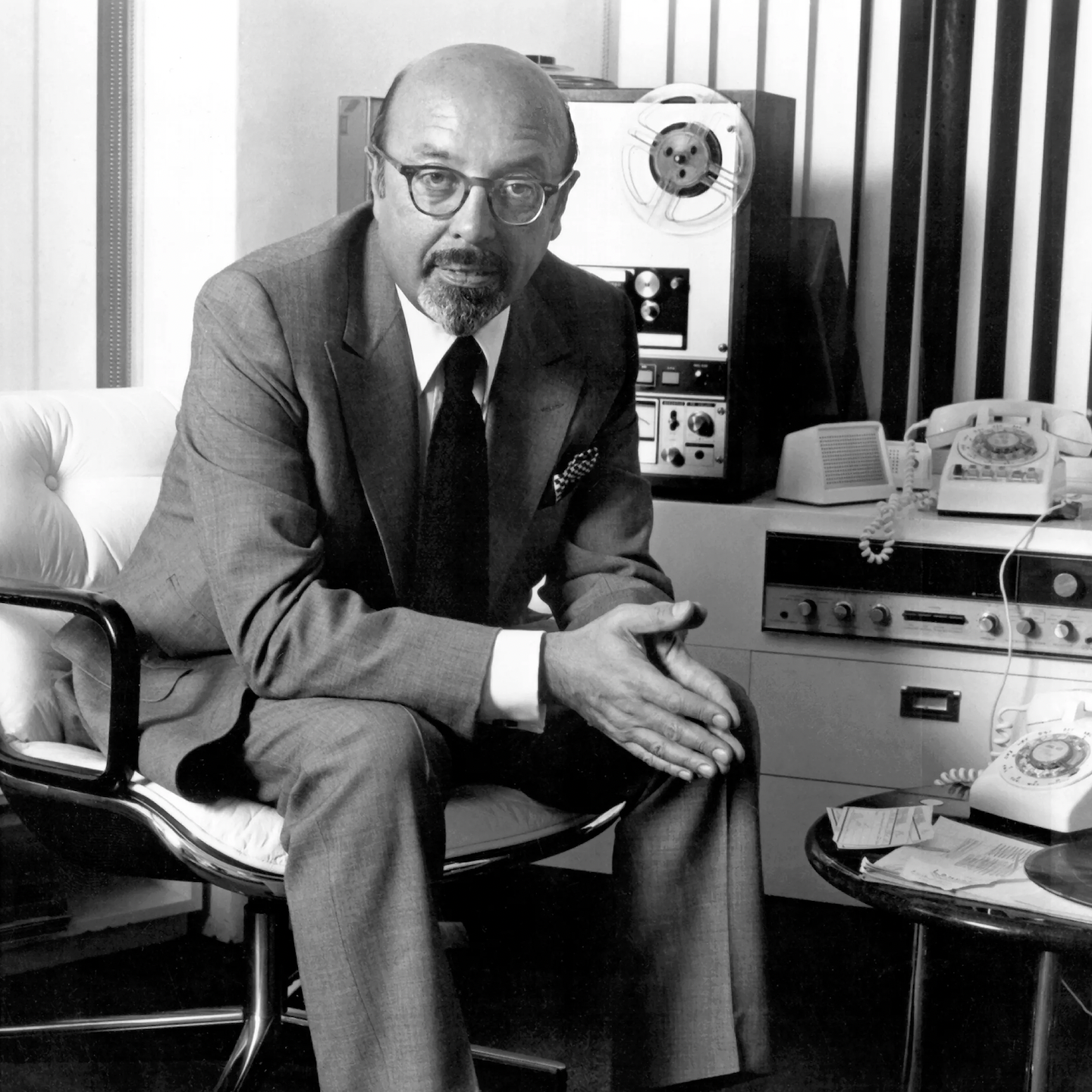
In 2020, Geffen paid $30 million for another Hockney “splash” painting.
Therefore, after becoming a nouveau riche, Geffen did not miss it, although he spent a lot of money on art. In 2006, due to his plan to acquire the Los Angeles Times, he successively sold three important collections of De Kooning, Jasper Jones and Pollock at high prices of 63.5 million, 80 million and 0.14 billion US dollars through private negotiations. In between such buying and selling, the price of post-war works of art in the United States has also risen, crumping into the top of the market pyramid.
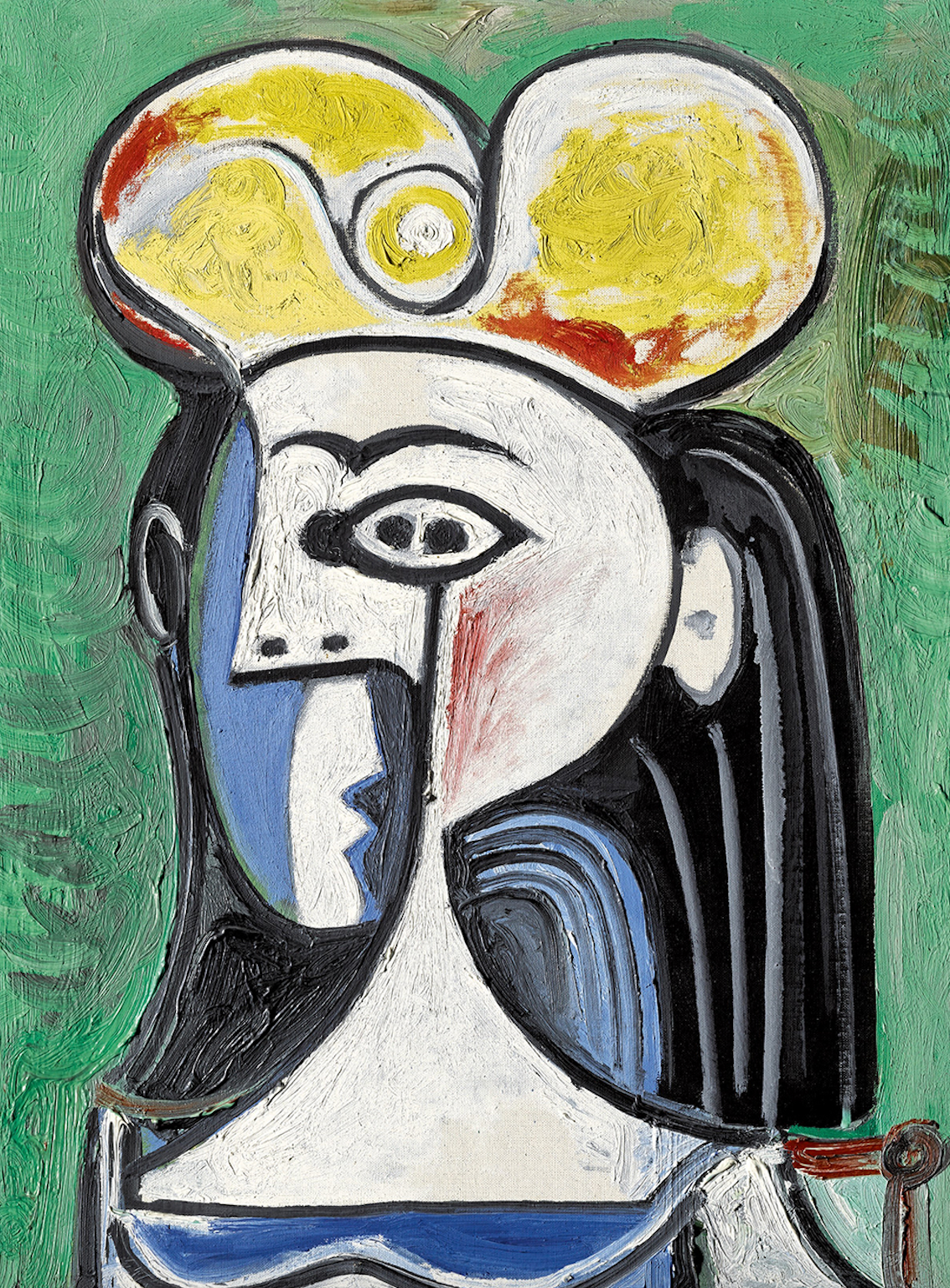
Figure 1: In 2006, David Geffen sold Jackson Pollock’s painting “No. 5, 1948” for $0.14 billion, which was the most expensive work at that time.
Figure 2: In 2006, David Geffen sold the Jasper Jones painting False Start for $80 million.
**02
In the “people” * *
Geffen is a person who is good at using the human heart to achieve his purpose. To sign a comeback Lennon, he delved into Lennon’s relationship with Yoko Ono and realized that the latter was the one to make the final decision. And Yoko Ono also said in the interview that everyone who called asked her to call Lennon, ignoring her existence, only Geffen asked her opinion. In the end, Geffen won the release rights to the album “Double Fantasy” (Double Fantasy), which is Lennon’s last studio record.

Album “Double Fantasy” cover
With his insight into people’s minds, Geffen has been invincible in his career, and has been able to make deals that are difficult for ordinary people to complete in art collection. In 1994, he went to great pains to buy De Kooning’s most iconic “Woman III” painting. The work was in the collection of the Shah of Iran at the time and was displayed at the Museum of Contemporary Art in Tehran. Many people tried to buy it but failed.
Geffen, on the other hand, understands that Iran’s “total Islamization” after the 1979 coup was a rejection of Western visual art. So he managed to acquire important 16th-century manuscripts that tell the story of Iranian history, thus successfully bringing this masterpiece of de Kunin back to the United States.

Willem de Kooning’s Woman III, 172.7 × 123.2cm, oil on canvas, 1953
Not only that, art collection has also become one of the means for him to close the relationship and win over people. In the 1990 s, he and Spielberg had just met, and the latter had already directed blockbusters such as “Jaws” and “E.T. Geffen asked the other party directly and even offendedly-“How much money do you have in your bank card?” “Do you like art?” “This money is more than enough to buy paintings, why don’t you try it?”
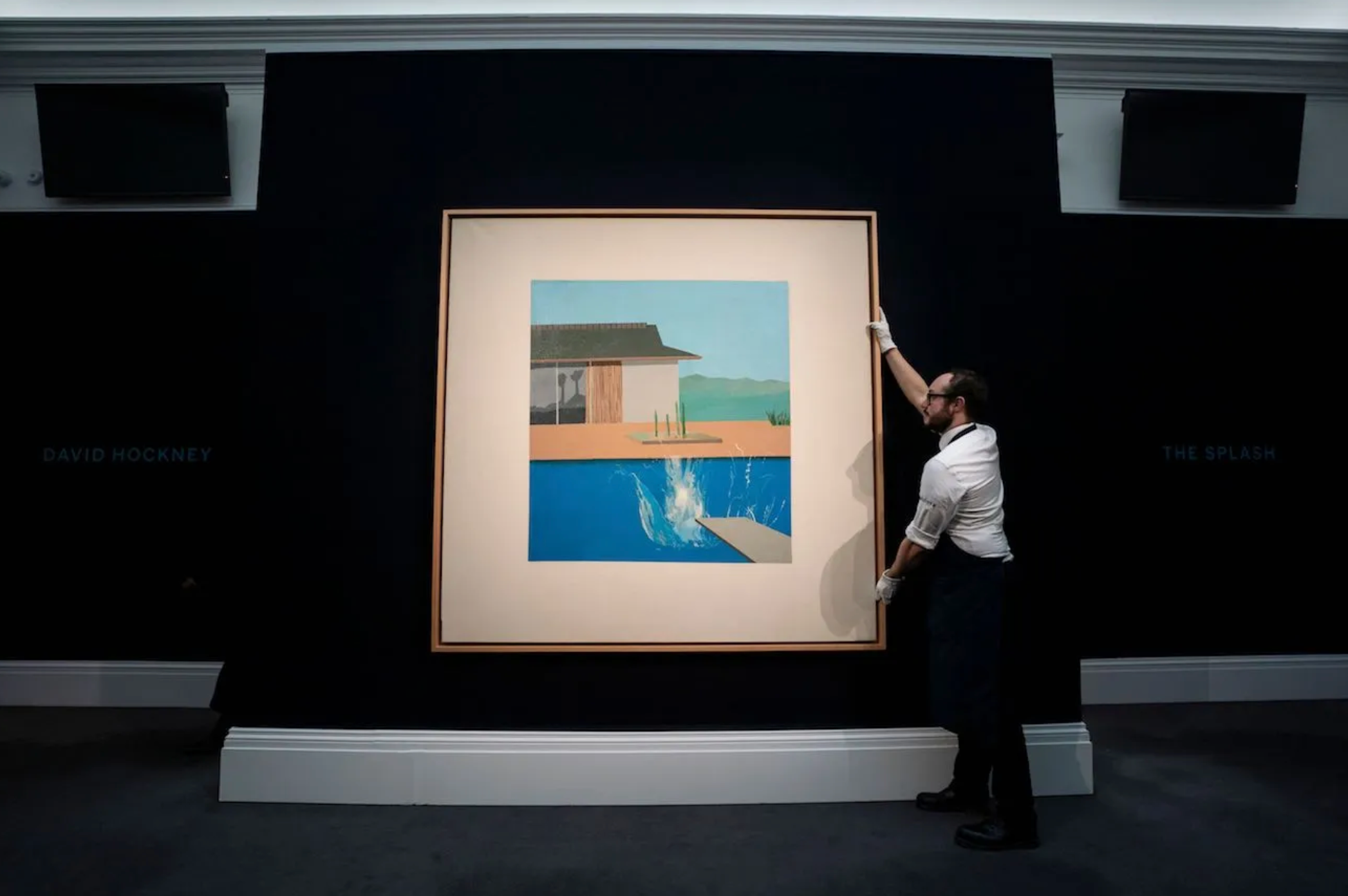
E.T. Poster
Then came the point. He managed to sell Spielberg a piece of his own collection-a painting by surrealist artist Rene Magritte-at a low price. Since then, the two have co-produced a film, which also laid the foundation for the partnership. Although Spielberg doesn’t quite approve of Geffen’s style of doing things-in addition to his high EQ, Geffen is also grumpy, strong and outrageous, and sometimes not decent enough……
It can be said that Geffen is a person who will do anything to achieve his goal. The turning point in his career-an internship at William Morris Brokerage-was obtained by falsely claiming that he graduated from the University of California, Los Angeles (UCLA). In many subsequent interviews, he did not shy away from this matter, and even was quite proud… Success lies in people, and things lie in people, and his life cannot be separated from these eight words.

In 2002, Geffen donated $0.2 billion to the UCLA School of Medicine, which is named after him.
**03
Daughter or scattered * *
In 1991, at Sotheby’s autumn shooting in New York, Geffen was wearing a T-shirt, jeans, sneakers, and a baseball cap upside down on his head, causing a burst of whispering because he was too out of place in front of a group of elites in suits. But he didn’t care-sitting down, holding up his sign, and paying $3.4 million for another “woman” painting by de Kooning. Someone was curious and asked the auctioneer, John Marion, “Why is this man dressed like this?” The latter replied, “He can wear whatever he wants.” The implication is that he cares about “new money” and “old money” as long as he can pay.
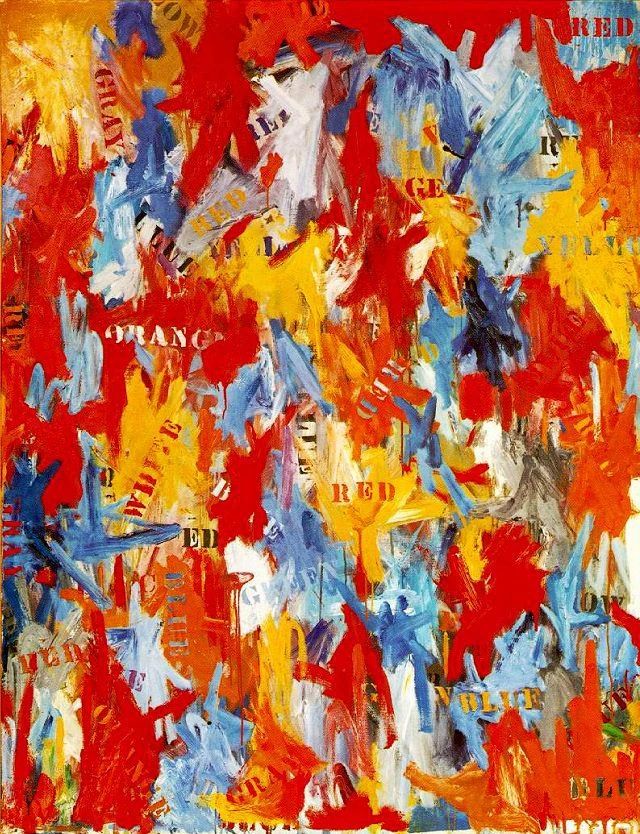
David Geffen (left) with American actor Lorenzo Lamas (right)
Geffen was indeed happy to pay, not only in buying works, but also in various huge donations-$0.15 billion each to the Los Angeles County Museum of Art (LACMA) and the Yale School of Drama, and $0.1 billion to the Museum of Modern Art (MoMA) in New York. And left behind many museum buildings, art exhibition halls, theaters, university laboratories, etc. At the same time, he is also an important driving force behind the election of Clinton and Obama as president of the United States, and has close ties with politics and fashion circles.

Figure 1:LACMA’s David Geffen Gallery
Figure 2: David Geffen Theatre, Los Angeles Academy of Film and Art Museum
Figure 3: David Geffen Showroom at MoMA
Of course, with his top collections, he often lends his works to museums, such as the Jasper Jones retrospective at MoMA in 1996. At that time, Geffen generously lent a number of important works, but there was no Curator Kirk Varnedoe’s “Target with Plaster Casts”. It is the most iconic of Jones’ career and one of the most expensive works in the Geffen collection.

Jasper Jones “Target with Plaster Casts”, comprehensive materials, 132.1 × 112.4cm,1955
In addition to the fear of damage, there is another reason-he can’t wait to hang the painting in the soon-to-be-repaired mansion. After Kirk’s repeated requests, Geffen was annoyed: “If you put pressure on me again, I won’t borrow any more!” But this time, Geffen has also been pinched mentality. Kirk no longer forced, just empty a wall in the exhibition hall. On the opening day of the exhibition, he specially took Geffen to visit and sincerely said: this wall is reserved for this work, and he has repeatedly promised to return it to Zhao. Although it missed the opening ceremony, the painting eventually appeared in the exhibition and met the audience.

Jasper Jones retrospective at MoMA, 1996
Although buying works, donating their names, and borrowing works for exhibition are the “standard three-piece set” of collectors, Geffen’s achievements are still hard to ignore. One musician even called it “the Medici of this era”. In 2016, he proposed to donate all his $2 billion collection to museums or sell it for charity in culture, medicine, education and other fields. From the lack of a fixed place to the appearance of dogs and horses, the rich side, and then to the daughter will eventually disperse, now the 80-year-old Geffen has rarely appeared in public, but his story is still circulating in the rivers and lakes……
(Source: Harper’s Bazaar Art)







